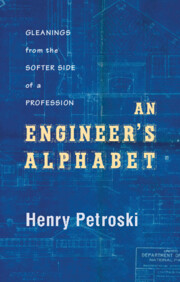L
Published online by Cambridge University Press: 25 October 2011
Summary
land-grant institutions. Many state colleges and universities, especially those agricultural and mechanical institutions of earlier times (the A&Ms of today), were founded and expanded with the support of the federal government following the enactment of the Morrill Land Grant Act. This legislation, introduced by Vermont Representative Justin Morrill (1810–1898), was at first defeated by Congress in 1857 and vetoed by President James Buchanan in 1859. The absence of the Southern Congressional delegation during the Civil War allowed the act finally to be passed in 1862. The Morrill Act enabled the federal government to allocate public lands to each state for the establishment and support of colleges engaged especially in “such branches of learning as are related to agriculture and the mechanic arts.” The purpose of the act was to promote “the liberal and practical education of the industrial classes in the several pursuits and professions of life.” The number of engineering schools in the United States tripled to about seventy in the decade following the passage of the Morrill Act. The institutions so formed have come to be known as land-grant institutions.
The Morrill Land Grant Act also encouraged the teaching of military tactics, which explains why there developed such a strong tradition of cadets at land-grant schools such as Texas A&M and Virginia Tech, whose Blacksburg campus remains centered around an enormous parade field.
- Type
- Chapter
- Information
- An Engineer's AlphabetGleanings from the Softer Side of a Profession, pp. 176 - 190Publisher: Cambridge University PressPrint publication year: 2011



